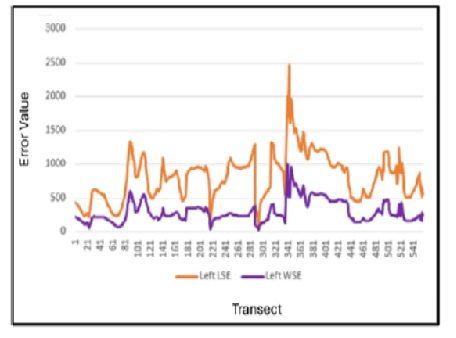


Indian Journal of Science and Technology
DOI: 10.17485/IJST/v17i24.1226
Year: 2024, Volume: 17, Issue: 24, Pages: 2508-2518
Original Article
Bhalindar Singh1∗, Niranjan Bhattacharjee2
1Assistant Professor, Department of Geography, Kampur College, Kampur, Nagaon, Assam, India
2Associate Professor, Department of Geography, Pandu College, Guwahati, Assam, India
*Corresponding Author
Email: [email protected]
Received Date:12 April 2024, Accepted Date:22 May 2024, Published Date:12 June 2024
Objectives: The study examines spatio-temporal changes, forecasts bankline migration and seeks to determine its underlying causes and consequences. Methods: Bankline change detection was performed through comprehensive GPS-based field surveys and remote sensing data, validated with ground-based data. The NDWI and MNDWI used to delineate the bankline positions from 1988-2022, with temporal changes estimated using the DSAS model. Findings: The left and right riverbank have been divided into three exclusive zones to find out which zone is severely erosion and accretion prone regions for zone-wise exclusive analysis. In the analysis, it has noticed that the left bank experiencing severe bank erosion and the right bank is experiencing an accretion rate increase in the last few decades. The LRR statistics show that the erosion rate in the left bank (81.17 m/y) is significantly high with an accretion rate of 0 m/y in the observed area. On the other hand, in the right bank, the rate of erosion is 83.59 m/y and the rate of accretion is 68.45 m/y. The left bank’s erosion is notably high. Additionally, the erosion rate is severe in the zone C (118.22 m/y) of left bank line. In this zone, the erosion rate hiked by 59.58 m/y in 34 years. Novelty: This study addresses a significant gap in understanding the riverbank shifting dynamics along with its causes and socio-economic impact of the Brahmaputra River in the Morigaon district. By combining the hydrodynamic modelling and cause-effect analysis, it provides a comprehensive analysis of bankline migration patterns and their causes and consequences. Unlike previous research, which primarily focuses on bankline migration rates and land use changes, this research work uniquely explores the direct impact of riverbank shifting on local communities. The integration of advanced predictive models with detailed primary and secondary data analysis offers novel insights crucial for efficient flood management and policy making practices.
Keywords: Normalised Difference Water Index (NDWI), Modified Normalized Difference Index (MNDWI), Digital Shoreline Analysis System (DSAS), EPR and LRR Model, Bankline Shift
© 2024 Singh & Bhattacharjee. This is an open-access article distributed under the terms of the Creative Commons Attribution License, which permits unrestricted use, distribution, and reproduction in any medium, provided the original author and source are credited. Published By Indian Society for Education and Environment (iSee)
Subscribe now for latest articles and news.